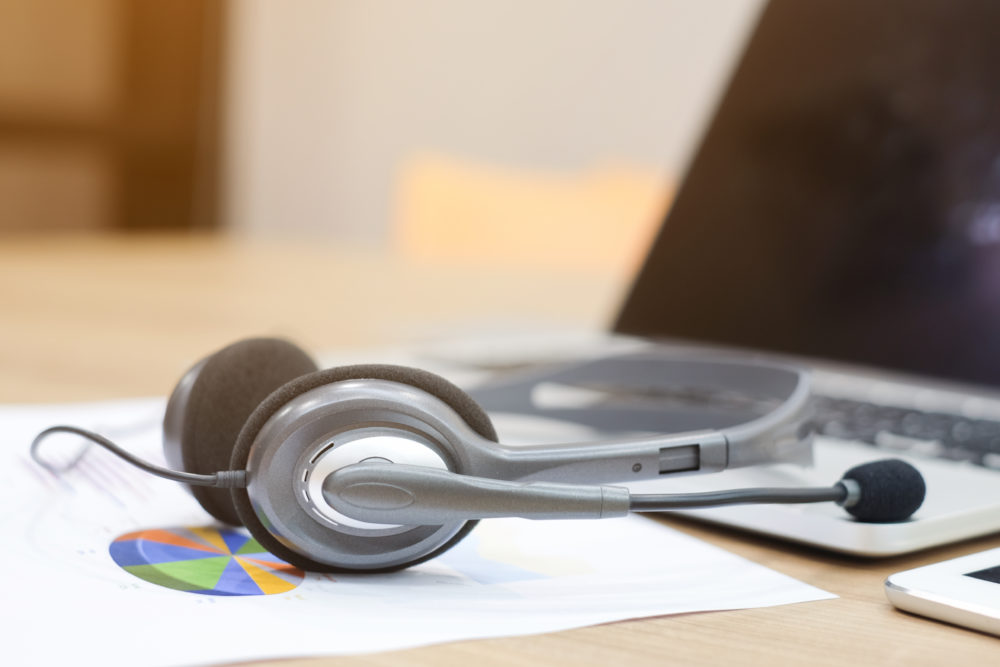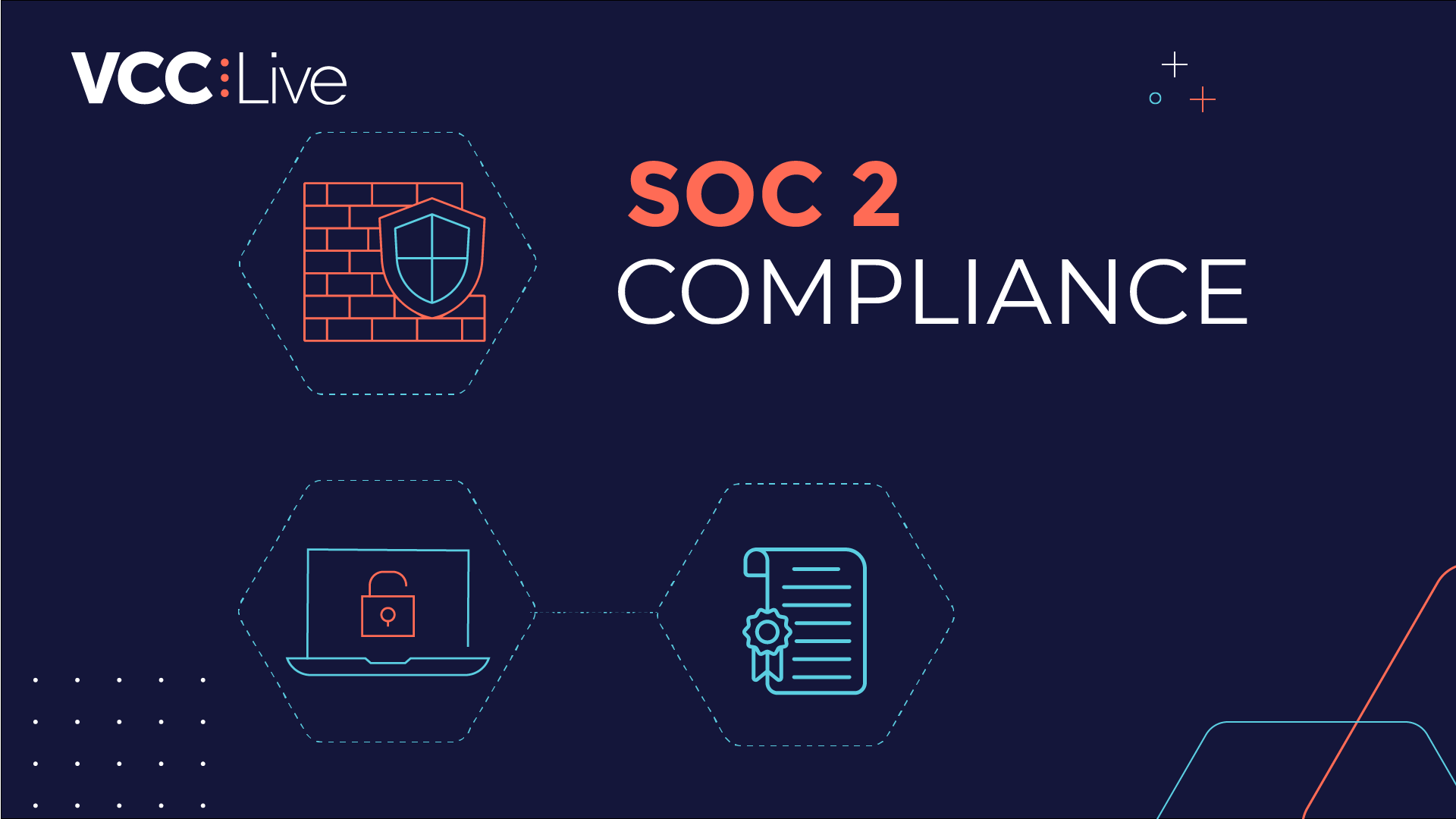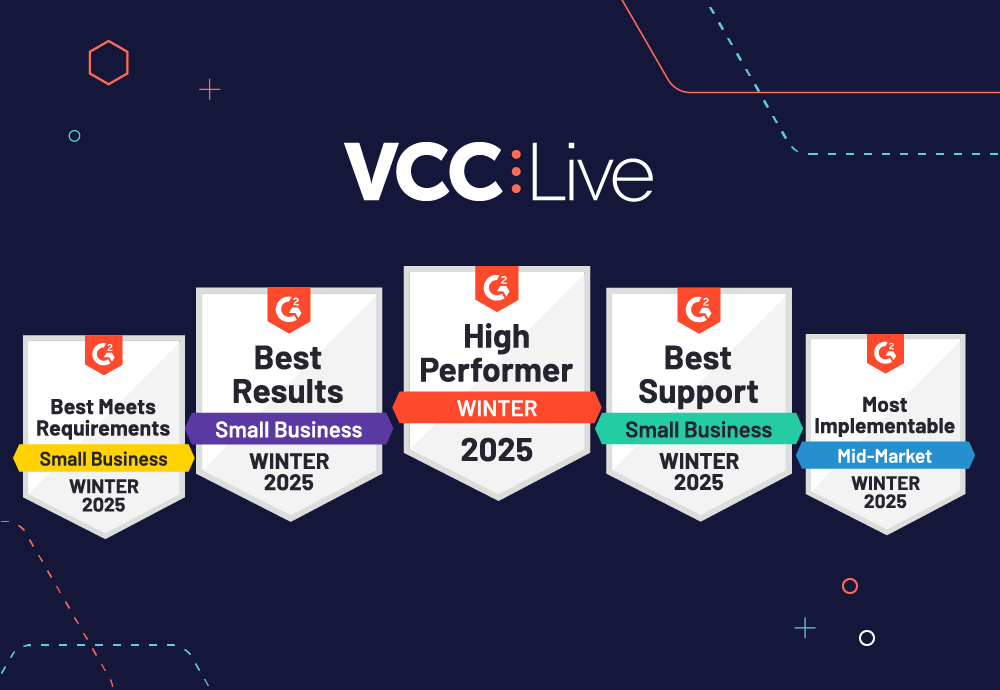Have you ever wondered whether your contact center is being as efficient as it should be? Here are the results of our analysis of some actual call center efficiency statistics from our most successful clients.
There are many methods for measuring call center efficiency and improving it. As a service provider of innovative contact center solutions, it is extremely important to us that our customers have access to as much information as possible to help them become successful. This is why we have developed our software in a way that allows you to monitor a variety of statistics with just a few clicks. With its detailed reports and indicators you can check exactly how efficient your agents and projects are at any given moment.
However, many companies find it hard to choose the best indicators for measuring call center efficiency. This is why we decided to analyze statistics from thousands of calls our most successful clients handle. Based on the results, we have concluded that successful outbound contact centers all use the following measurements as a basis for improving their efficiency.
Measuring outbound call center efficiency
Outbound contact centers usually deal with the sales and promotion of services and products. The effectiveness of their work directly affecting the success of the company they are supporting. Here are the three outbound contact center measurements which, based on our analysis, are the most important to consider. For a detailed description on how to examine them using VCC Live, please visit the Global Call Statistics section in our User Guide for Supervisors.
1. How many customers have been reached
The law of numbers proves that the more customers you reach, the more successful deals you can potentially sign. Detailed reports and statistics in VCC Live’s software allow you to check how many customers are being reached at any given moment. If the report shows that within a particular period of time of the day your operators are failing to reach an acceptable amount of customers, it may be better for them to concentrate on other tasks during this time.
Measuring call center efficiency in VCC Live’s software: this measurement is shown in the Reached column in the Global Call Statistics menu.
2. How many calls end with a successful deal
This statistic can be monitored via daily and hourly breakdowns with average results, helping you measure the efficiency of the whole campaign or team. If the team’s average results do not meet expectations, you may need to review your processes or script. If only a few operators fail to meet results, then you need to take an individual approach with them.
Measuring call center efficiency in VCC Live’s software: this measurement is shown in the Success and Success/hour column in the Global Call Statistics menu.
3. How much time agents spend speaking
Using a predictive dialer helps operators reach more customers and maximize the amount of time spent speaking with them. VCC Live’s predictive dialer can help agents to increase their Average Talk Time with customers to an average between 40 and 49 minutes per every hour. Taking into consideration the mandatory breaks specified by local labor laws, of course. For example: your local laws specify that agents need to take a 10 minute break per hour of work. Even then, out of the remaining 50 minutes, our predictive dialer can help you achieve between 40 and 49 minutes of active talk time. The remaining time is called Average Available Time – the time agents spend between two calls. In addition to Average Talk Time and Average Available Time, it is also important to measure the Average Handle Time and identify the most optimal average amount of time spent with a customer on the phone.
Calculating Average Handle Time:
(Total Talk Time + Total Hold Time + Total After-work) / Total number of handled calls* = AHT
(* unanswered calls initiated by a dialer are not included)
Measuring call center efficiency in VCC Live’s software: this measurement is shown in the AVG call and AVG handle-time column in the Global Call Statistics menu.
Example measurements for outbound sales of products
Reached: 57%
Success: 9% (Success/hour: 1.1 deals per hour)
Average Talk Time: 38 minutes 4 seconds per hour
Average Handle Time: 2 minutes 7 seconds
Average After-call Work: 33 seconds
Average Call Time: 1 minute 34 seconds
Average Available Time (between two calls): 15 seconds
Example measurements for outbound sales of services
Reached: 31%
Success: 47% (Success/hour: 1.4 deals per hour)
Average Talk Time: 37 minutes 12 seconds per hour
Average Handle Time: 4 minutes 3 seconds
Average After-call Work: 1 minute 7 seconds
Average Call Time: 2 minutes 56 seconds
Average Available Time: 18 seconds
For further KPIs relevant in measuring your call center efficiency, please visit our guide on top KPIs to measure in a contact center.
Measuring inbound call center efficiency
Inbound call centers typically deal with technical and service support, business support, or TV and catalogue-related sales activities. Based on our investigations it appears that the most successful inbound call centers measure their efficiency with the criteria described below. For further information on how to the examine them, please visit the Global Inbound Call Statistics page in our User Guide for Supervisors.
Customer wait time
While the Target SLA shows the percent of calls accepted within a set timeframe, Average Customer Wait Time shows you the actual time customers have spent waiting for an agent within the IVR. This allows you to check how much time your customers spend waiting, which can be especially helpful if sales targets are not being met.
Measuring call center efficiency in VCC Live’s software: this measurement is shown in the Time in queue column in the Global Inbound Call Statistics menu.
SLA
All Service Level Agreements normally have a clause that deals with the timeframe within which inbound calls are required to be accepted by an agent (Customer Wait Time) – this is called Target SLA. The achieved SLA is indicated as a percentage, showing what percentage of inbound calls have to be answered within the maximum Customer Wait Time. Based on our analysis, the maximum Customer Wait Time should not be set to more than 1 minute.
Measuring call center efficiency in VCC Live’s software: this measurement is shown in the SLA column in the Global Inbound Call Statistics menu.
Average Handle Time
As with outbound call centers, the Average Handle Time (AHT) allows you to identify the optimal time your agents spend speaking with customers. AHT shows the average time an operator spends with call-related activities, be it actual speaking, hold time, and any after-call activities and administration. It is calculated by using the following formula:
(Talk Time + Hold Time + After-work) / Total number of handled calls* = AHT
(* unanswered calls initiated by a dialer are not included)
Measuring call center efficiency in VCC Live’s software: VCC Live’s software automatically shows these results as AVG call and AVG handle-time in the Global Inbound Call Statistics.
Example measurements for inbound B2B support
SLA: 95%
Average Handle Time: 3 minutes 39 seconds
Average Talk Time: 3 minutes 15 seconds
Average After-call Work: 24 seconds
Average Customer Wait Time: 8 seconds
Example measurements for inbound purchase orders
SLA: 80% (missed calls are handled with callback)
Average Handle Time: 6 minutes 11 seconds
Average Talk Time: 5 minutes 3 seconds
Average After-call Work: 1 minute 8 seconds
Average Customer Wait Time: 18 seconds
Example measurements for inbound tech support
SLA: 94%
Average Handle Time: 3 minutes 32 seconds
Average Talk Time: 3 minutes 12 seconds
Average After-call Work: 20 seconds
Average Customer Wait Time: 12 seconds
Call centers are dynamic areas of business which are often closely related to other activities within a company or organization. Their efficiency can strongly affect results such as sales and customer retention. As such, is of the utmost importance to regularly measure your call center efficiency and the impact it has on your business. As a service provider it is important for us to help enable your call center to become more efficient. This is why we aim to make all your operation’s statistics and results easy to access. We hope that the examples mentioned above will help you in the quest to measure your call center’s efficiency more accurately.



















